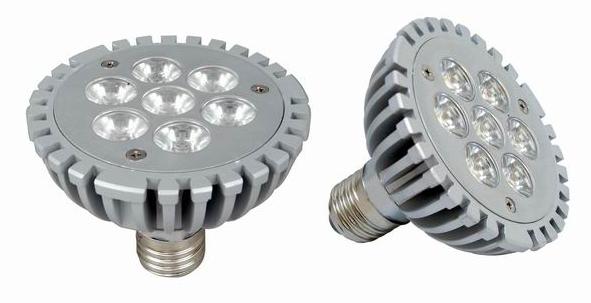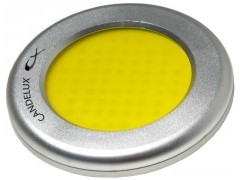Riding the Nanchang development of LED industry, Ji’an city will speed up the pace for the development of LED industry steps.
Ji’an proposed around the construction of semiconductor lighting industry that gathering area Jinggang shan Economic and Technological Development Zone, Hedong Economic Development Zone, Suichuan Country, Jiangangshan City Industrial Park, vigorously develop all kinds of LED lighting and LED video products to create “LED industry base in Jiangxi province.

Gutai corridor is the only provincial electronic information industry base in Jiangxi Province. Ji’an adhere to the semiconductor lighting industry, including electronic information industry as a pillar industry to focus on fostering Jiangxi Province, the largest electronic information industry base. Ji’an industry express, until the end of last year, Ji’an electronic information enterprises amounted to 345, which specializes in semiconductor lighting products production enterprises up to 15 LED device packaging capacity ranks first.
It is understood that the one Linsen that rooted in Jinggan shan can produce more than 100 pieces, with an annual output of 50 million device package capability, in the low-end LED Flood Lights (semiconductor lighting) devices in the field of packaging capacity ranks first in the country; settled in Jishui County industrial Park Jiatai Electronics that specializes in the research and development, production, and sales of all kinds of LED side backlight, color night view display modules and other products. The entire project estimated to gain 600 million yuan annual year, which will bethe Jiangxi production back light largest enterprises.
Marketing developing
The industrial development is the market. If there is no market, and no order, the industrial development can not contribute too much.
It is understood that, previously, marketing of LED products in Jiangxi Province is mainly relying on their own, the main players is in the market of Jiangsu and Zhejiang and other places. However, with the expansion of the product yield, and increassed varieties, how to further expand the market willl be the decisive factor in Jiangxi LED industry.
We believe that through the joint efforts of all parties, Jiangxi LED industry will be able to rose to the challenge in the fierce competition in the market, and embrace a better future for the sound and rapid development!









